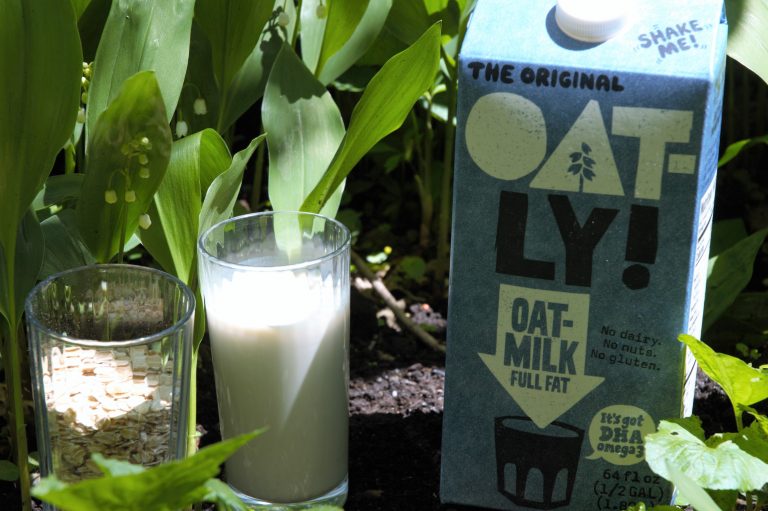While dairy-free dairy has been gaining consumers for decades, one (not)milk has recently become an especially hot commodity in a few short years. Oat milk—in particular, Oatly—seems to have everything going for it. What makes this Swedish brainchild so immensely popular?
Lactose intolerance is no oddity
The Greek physician Hippocrate may have been the first to recognize lactose intolerance, 2500 years ago. Oddly enough, studies suggest that the capability to digest lactose in adults was caused by a gene mutation some 4500 years ago, which became more common in some areas than others. That would explain why so many people around the world (up to 70 percent of adults) are lactose intolerant.
Cultures that traditionally consumed dairy in various forms have far fewer lactose intolerant individuals. Asians, Native Americans, Africans and Southern Indians are some of the heritages most prone to lactose intolerance, while most Europeans and Northern Indians are generally well-adapted to consuming milk products.
Lactose intolerant individuals can often consume cultured milk products like yogurt and kefir, which contain beneficial bacteria that not only break down the lactose present in the product, but also replenish those bacteria in the gut, enabling one to tolerate dairy more readily. But many choose to forgo dairy altogether; thus the high demand for non-dairy “milks.”
An abbreviated history of dairy-free milks
An ancient stone slab with instructions for making doufujiang (豆腐浆) indicates that soymilk may have been the first non-dairy milk, originating with the Eastern Han Dynasty (first and second century AD). The drink, prepared from fresh soybeans, was a byproduct of the tofu-making process. It was commonly consumed as a hot drink throughout much of China’s history, and was introduced to the western world at the start of the 20th century.
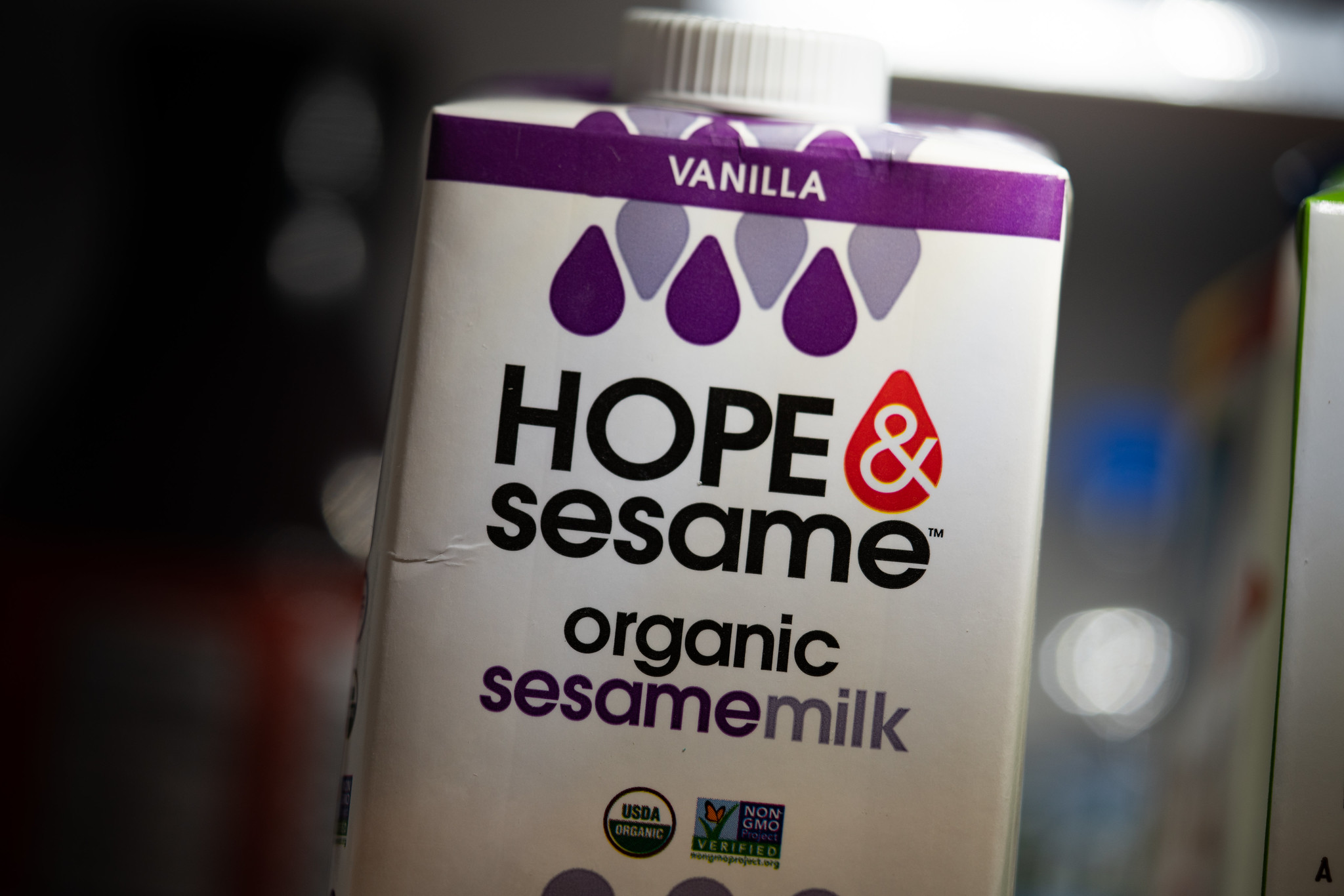
Success
You are now signed up for our newsletter
Success
Check your email to complete sign up
Similarly, almond milk has a longer history than one might imagine. This beverage is believed to have originated in Baghdad during the 13th century. Almond milk, along with almonds, was introduced to Europe in the Middle Ages, and became a popular alternative to dairy for Christians during Lent. The product became widely popular at the start of the 21st century, about the same time that concerns with estrogen in soy products surfaced.
Other nut milks, rice milk, and even hemp milk have made a splash, but nothing can compare with oat milk, which quickly became one of the most popular vegan milks shortly after Oatly’s global introduction, mainly in coffee shops. Why? For one thing, Oatly is the one vegan “milk” that does not curdle in coffee. It tastes and behaves very much like cow’s milk.
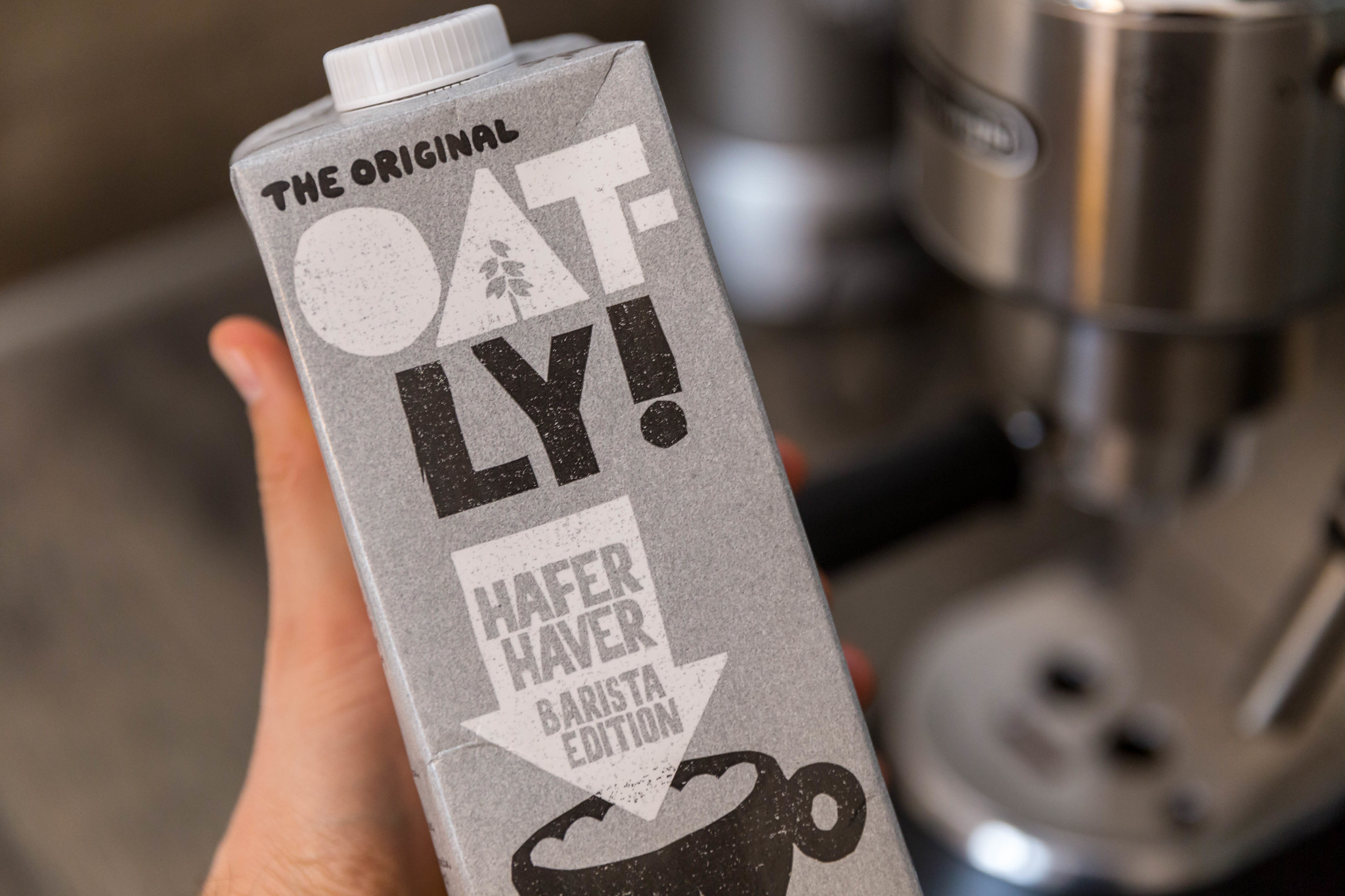
Oat milk was first formulated by Rickard Öste, a Swedish food scientist searching for a sustainable milk substitute in the 1990s. Oatly, the original oat milk, launched its first product in 1994, but things really started happening when Toni Petersson came onboard as CEO in 2012.
Oatly – a marketing success story
Few people would deny that Oatly is delicious, but the brand only began its ascent to the top when it marketed itself not only to lactose intolerant folks, but also those concerned about the environment. Replete with messaging about recycling and sustainability, their advertisements touched the hearts, and wallets, of mainstream society, suddenly lifting Oatly out of the niche market to a lifestyle brand.
Oatly’s creative director John Schoolcraft explained, “we find that as our beliefs are around nutritional health and sustainability, we’re able to talk quite honestly…I think that’s the key, people appreciate an authentic and honest brand.”
The method for spreading that message was also a winner. Schoolcraft scrapped all the marketing conventions and settled on a bold, quirky, communicative packaging as their primary, low budget media. Morandi colors and goofy messages give consumers a welcome break from the standard marketing visuals.
“There are so many conventions. The aim was to get customers to pick it up out of curiosity so we intentionally made these look like we’d just made these in the basement at home. We thought that every side of the packaging there should be something interesting to read. The legal side on the back we refer to as the boring side. We know that once we’re in people’s hands, they read the copy, try us, and tend, in great numbers, to like the taste.”
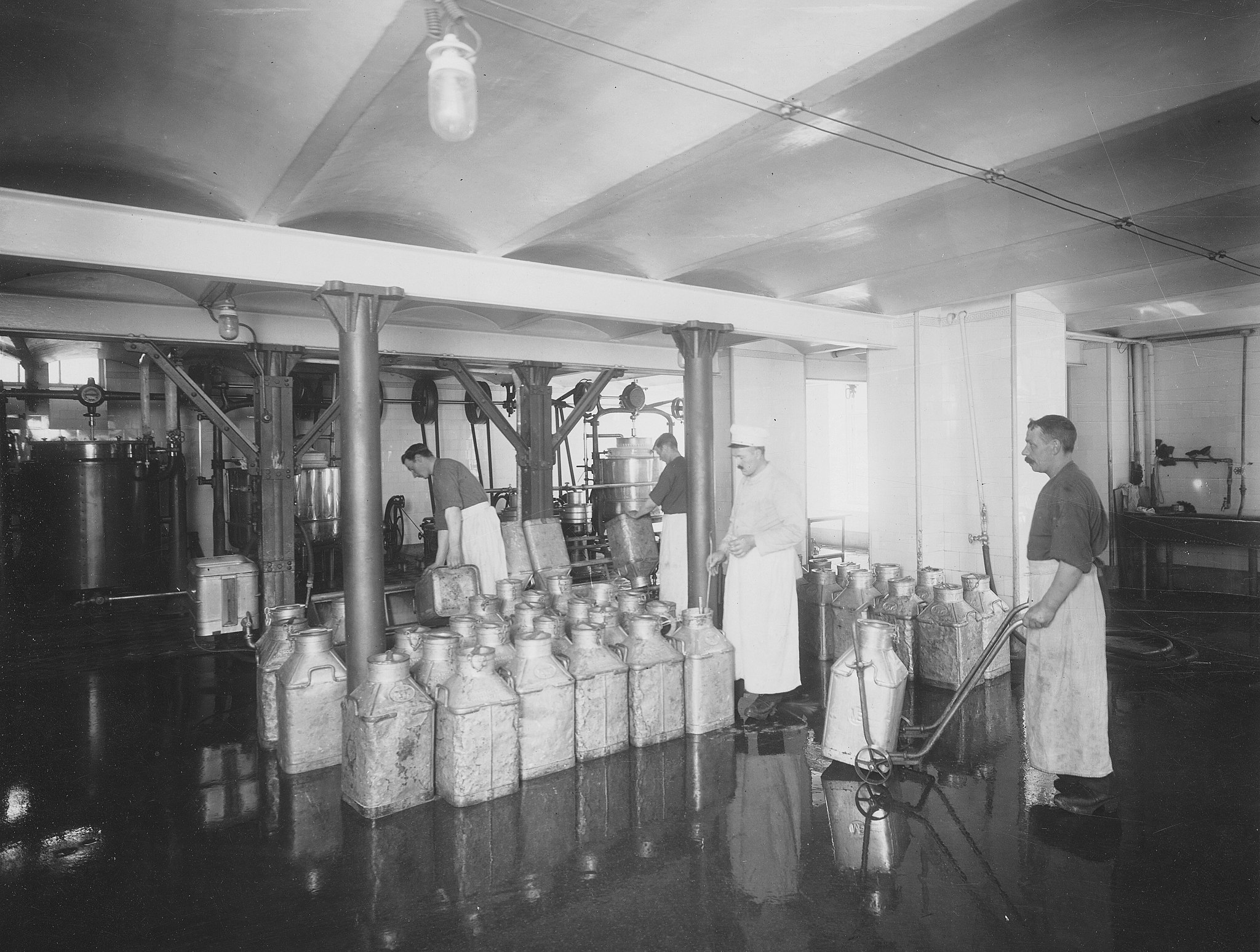
A third factor in their success came as a blessing in disguise. Firm in their beliefs about the environmental superiority of their product, Oatly tried educating the public about their chief competitor—milk. Sweden’s Dairy Association sued the company for discrediting milk, and won. True to their honest and upright image, Oatly published the whole lawsuit on their website so people could come to their own conclusions.
“We had no idea what public opinion would be,” Schoolcraft confessed, “but it quickly became a David versus Goliath situation where thousands of people began to support us because they could see it was a bully tactic. We then took a full page ad out in the morning papers that explained that we had been sued and why and suddenly the milk vs oat war is making headline news. We went from niche to mainstream in part because of that lawsuit so in one sense we were quite fortunate.”
Taking advantage of the product’s remarkable compatibility with coffee, Oatly’s global marketing strategy was linked with baristas and cafes, introducing the product to coffee drinkers around the world, and by golly, they liked it.
Exactly how good is Oatly – ethically and epicureally?
Compared with the production of cow’s milk, oat milk is said to produce 73 percent less CO2. Critics counter that the carbon cost of shipping overseas should be factored in; but as of last year, Oatly had four manufacturing facilities around the world, with three more in progress.
Oats are considered highly sustainable and are grown in many areas of the world as an important rotation crop; as opposed to almonds, which require a ridiculous amount of water—up to five liters per almond; or soy, which has displaced countless forests with its vast monocultures.
Oats have long been recognized as a “health food.” They are a good source of vitamins, minerals, beta glucan and fiber. In addition they are the only known natural source of avenanthramides, a specific type of antioxidants that may protect against heart disease. Oats are also a good source of protein, with oat milk topping almond milk in protein content.
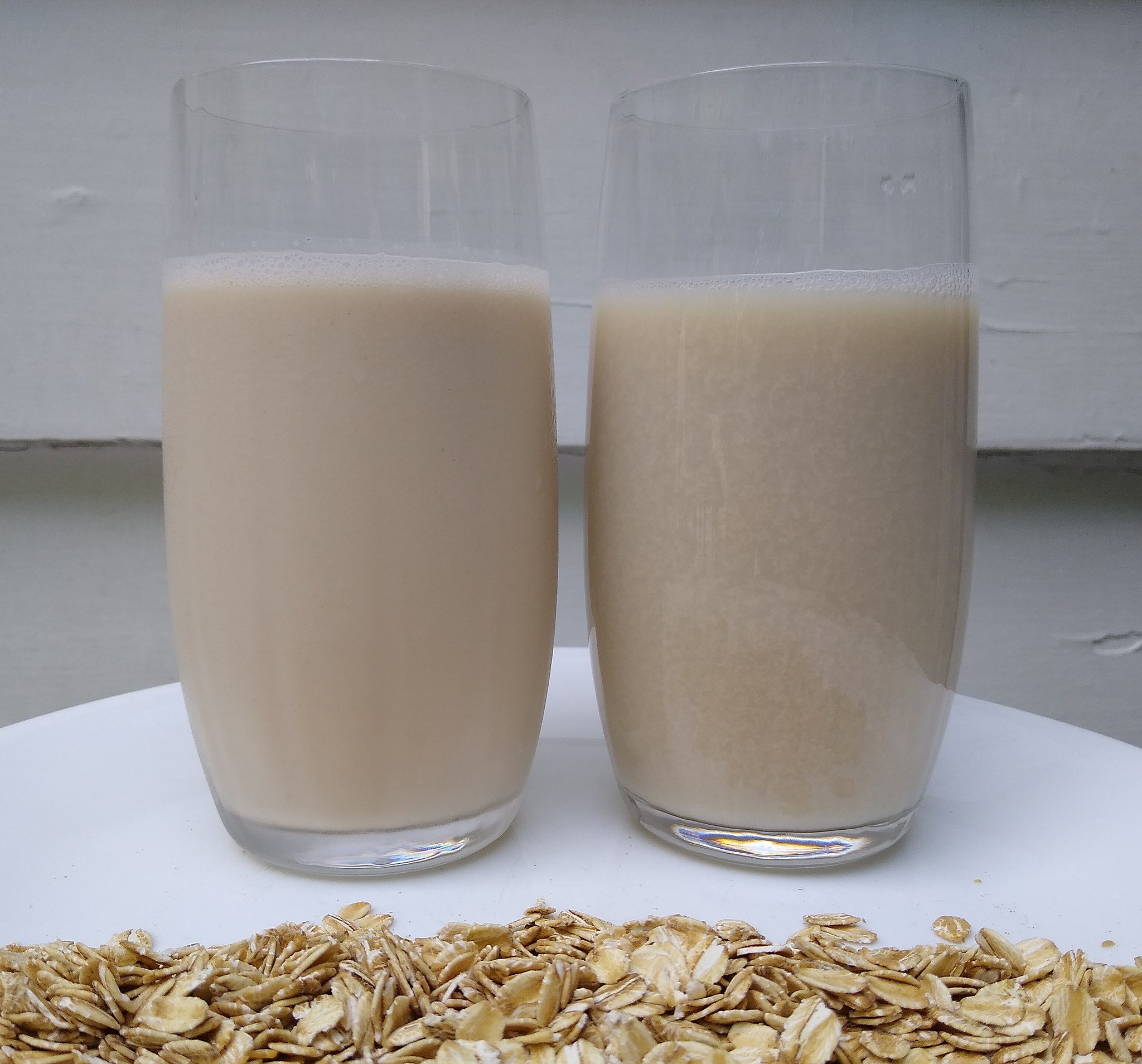
In a taste test of six different oat milks, oat milk connoisseur and journalist Harling Ross rated Oatly as the best tasting, best textured oat milk by far.
On the down side, oat milk is higher in carbs than cow’s milk. Although not everyone is carb conscious, this is something to consider. Oatly’s unique enzyme processing technique also produces maltose, a sugar listed at 7 grams per serving, with a glycemic index of 105—literally off the charts.
The creamy consistency of Oatly is due to the added ingredients of rapeseed oil, notorious for trans fats; and dipotassium phosphate, a food additive that is deemed safe by the FDA but was shown in at least one study to be hazardous to the kidneys.
When questioned about these questionable factors, Oatly provided a convincing response, leaving it, once again, up to the consumer to decide.



